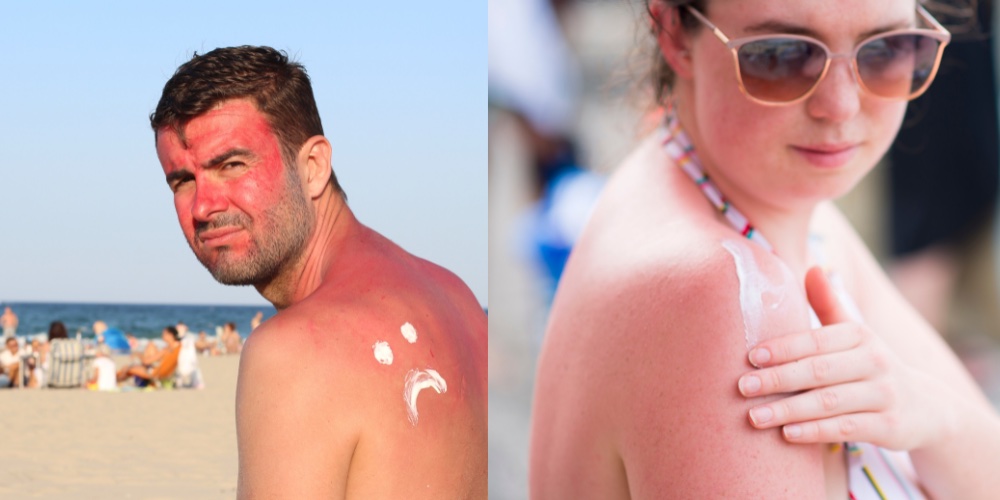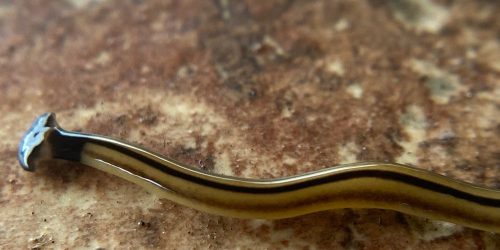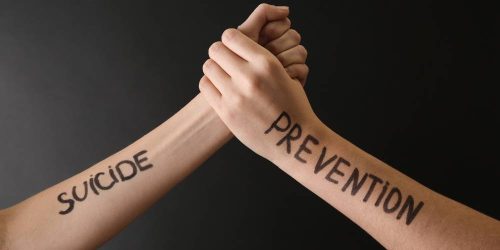Sun Poisoning Is A Little Known Condition!

Also known as severe sunburn or sun-related erythema multiforme, sun poisoning is a severe reaction to prolonged or intense exposure to the sun’s ultraviolet (UV) rays.
Sun poisoning is an extreme case of sunburn – a burn that occurs when UV radiation from the sun inflames your skin.
What are the symptoms?
Initially, symptoms can appear similar to sunburn which can lead it to go unnoticed. These can include:
- Severe sunburn (look out for redness, blistering and peeling)
- Fever
- Chills
- Nausea and vomiting
- Headache
- Dizziness
- Dehydration
Undetected sun poisoning can cause more severe symptoms to develop, including:
- Fainting
- Seizures
- Rapid heartbeat
- Low blood pressure
- Confusion or disorientation.
How can sun poisoning be treated?
If you do experience symptoms of sun poisoning, stay calm: there are treatments available.
First of all, you need to remove yourself from the sun to avoid any further damage. Go and find yourself a shady umbrella or move indoors entirely.
Next, cool the part of the skin that hurts. Try applying cool compresses, or even taking a cool bath to soothe the skin and reduce inflammation.
This is also a good moment to rehydrate and replace any lost fluids with water or fluids rich in electrolytes – think sports drinks, coconut water or even smoothies.
If you need to, consider taking medication to ease your pain – over-the-counter tablets like ibuprofen can work to reduce inflammation.
Is sun poisoning different from sunstroke?
Yes! Sun poisoning is different from sunstroke, both in symptoms and causation.
Sunstroke, also known as heatstroke, is a medical emergency that occurs when the body’s internal temperature rises to dangerous levels, usually above 104 degrees Fahrenheit.
Symptoms can include headaches, dizziness, confusion, loss of consciousness and even seizures.
Sun poisoning affects the skin, while sunstroke affects the body’s internal temperature regulation.
How can people protect themselves from sun poisoning?
Prevention, prevention, prevention! Taking a few super simple steps can help you to avoid sun poisoning. These might include:
- Limiting exposure to the sun during its ‘peak’ hours (between 10 am and 4 pm)
- Wearing protective clothing (long-sleeved shirts, hats, etc.)
- Use sunscreen with a minimum of SPF 30, reapplying every two hours – you’ll need to do this sooner if you’ve been swimming
- Staying in the shade
- Keeping hydrated
- Avoiding tanning beds or sun lamps.
Warning: if you have a lighter skin tone, you could be more susceptible, specifically redheads.
That is because their body has not had a chance to produce melanin, the pigment that absorbs UV light and darkens skin (tans) to form a protective layer.
Beat FOMO by being in the know!
Sign up for our newsletter today and never miss a beat.







